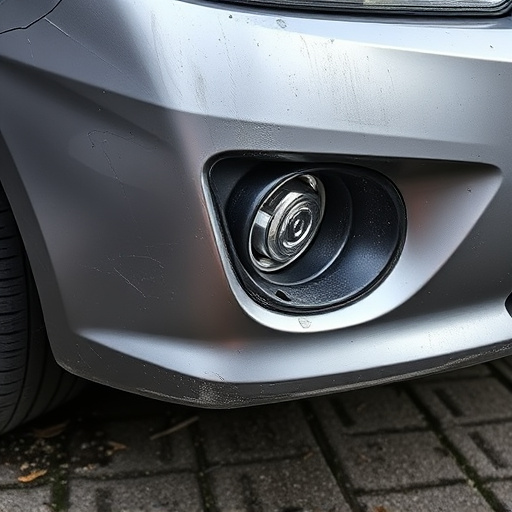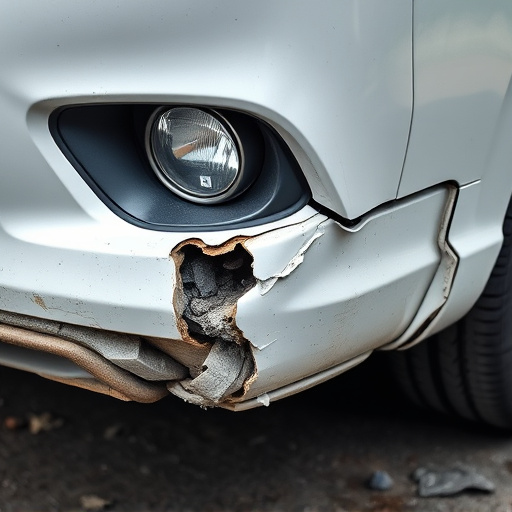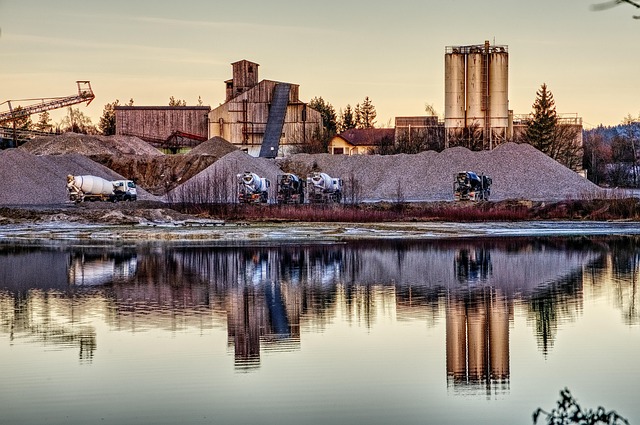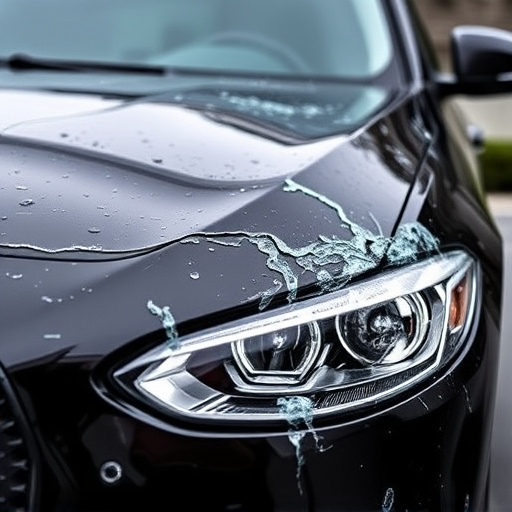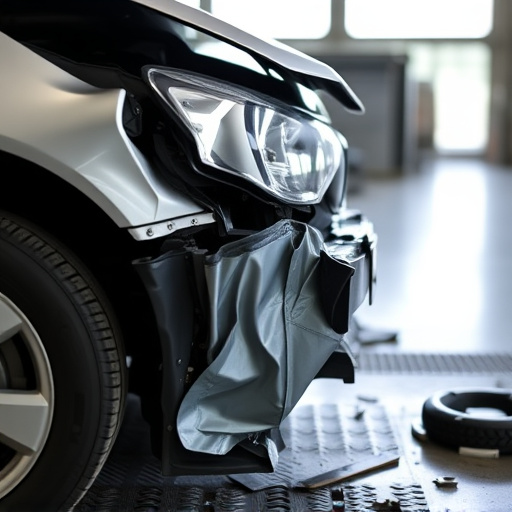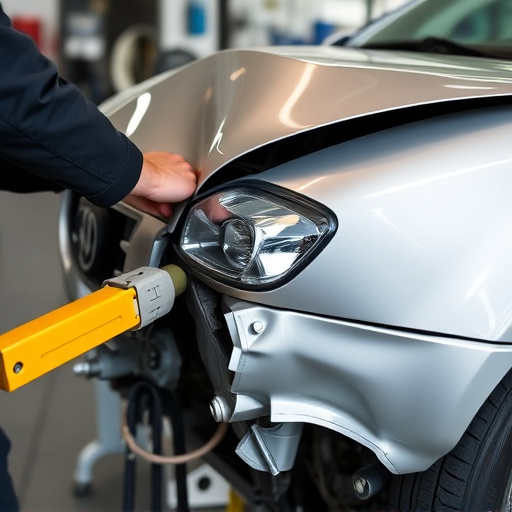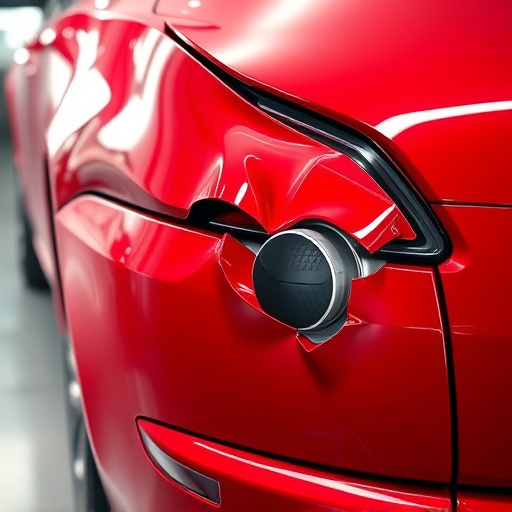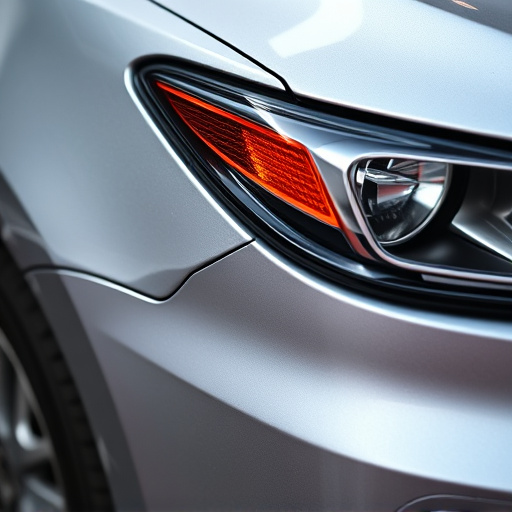Tesla's remote diagnostics post-repair monitor sensor performance, proactively detecting anomalies like calibration errors early. This prevents minor issues from escalating into costly repairs, ensuring optimal vehicle health and safety. Regular maintenance checks and proper restoration alignment, coupled with Tesla tools, help prevent and address these issues. If calibration alerts arise, confirm repairs, check connections, reset via the Tesla app, or contact a service center for sensor recalibration.
Tesla owners often wonder about the mysterious calibration alerts on their vehicles post-repair. This article unravels the complexities of Tesla’s remote diagnostics system and its interactions with service centers. We’ll explore how these alerts are triggered, common causes behind them, and provide step-by-step troubleshooting for a seamless repair experience. Understanding Tesla remote diagnostics after repair is key to ensuring your vehicle’s optimal performance and avoiding future issues.
- Understanding Tesla Remote Diagnostics Post-Repair
- Calibration Alerts: Common Causes and Solutions
- Troubleshooting Steps for Repair-Related Issues
Understanding Tesla Remote Diagnostics Post-Repair
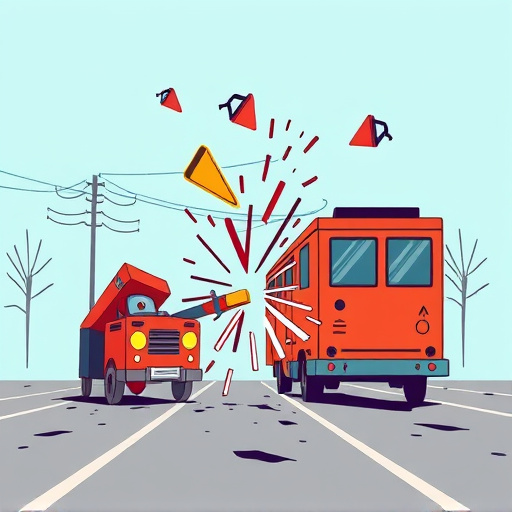
After a vehicle collision repair or automotive restoration, Tesla’s remote diagnostics become an essential tool for both car owners and service centers. These advanced systems are designed to monitor various sensors and components in real-time, ensuring optimal performance and safety. When a car undergoes auto repair services, the diagnostic tools check for any anomalies or deviations from the vehicle’s calibrated state.
If all systems are functioning correctly, the diagnostics will provide peace of mind. However, if an issue arises, like a calibration error, Tesla’s remote diagnostics can quickly detect it. This proactive approach allows for timely intervention, ensuring that any problems are addressed before they become more significant and costly to repair.
Calibration Alerts: Common Causes and Solutions
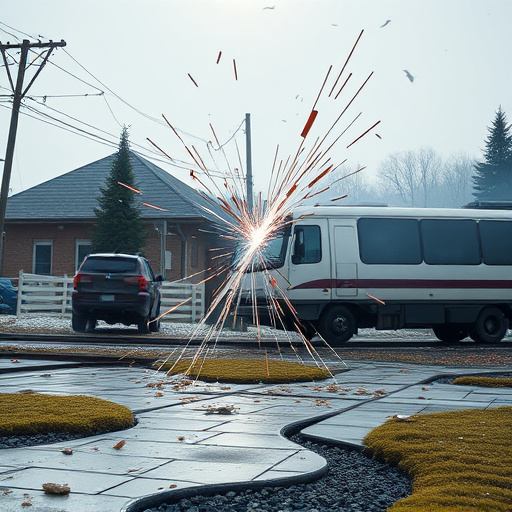
Calibration alerts on your Tesla after a repair can be a common issue. These alerts often stem from misalignments or adjustments needed following service, especially with repairs like scratch repair or hail damage repair that affect the vehicle’s exterior. When a car undergoes significant restoration, even minute changes in calibration can cause off-kilter sensor readings and trigger these alerts.
The good news is that addressing calibration issues is usually straightforward. Regular maintenance checks after any repair, including scratch repair or hail damage repair, can help prevent these alerts from popping up. Ensuring proper alignment during vehicle restoration processes and utilizing Tesla remote diagnostics tools for post-repair assessments can also mitigate the occurrence of calibration alerts. These solutions work towards keeping your Tesla running smoothly, ensuring accurate sensor data, and preventing unnecessary trips to the service center.
Troubleshooting Steps for Repair-Related Issues
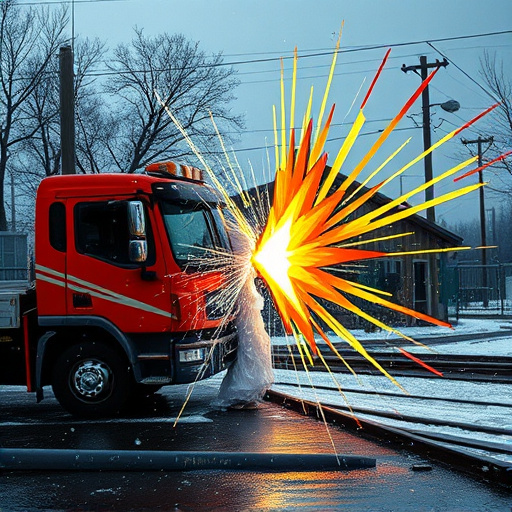
If you’re experiencing calibration alerts after a Tesla repair, don’t panic. These issues often stem from misalignment or changes during the Tesla remote diagnostics after repair process. To troubleshoot these problems, start by confirming that all repair work is complete and double-checking for any loose connections within the vehicle. After ensuring physical repairs are sound, use the Tesla mobile app to perform a system reset. This step helps reinitialize the vehicle’s settings and can resolve many post-repair glitches.
For more complex auto body repair or automotive collision repair cases, consider that sensor recalibration might be required. Verify if your Tesla service center can perform this service. They can access specialized tools to realign sensors and fix calibration alerts accurately. Remember, proper troubleshooting requires patience and a systematic approach. Don’t hesitate to reach out to Tesla support for guidance if these initial steps don’t resolve the issue.
Tesla remote diagnostics after repair play a crucial role in maintaining vehicle performance. Calibration alerts, often triggered by post-repair changes, can be addressed through understanding common causes and implementing effective troubleshooting steps. By leveraging these tools, owners can ensure their Teslas remain optimally calibrated, enhancing safety and driving experience. Regular monitoring of remote diagnostics is key to keeping your Tesla running smoothly, even after repairs.




